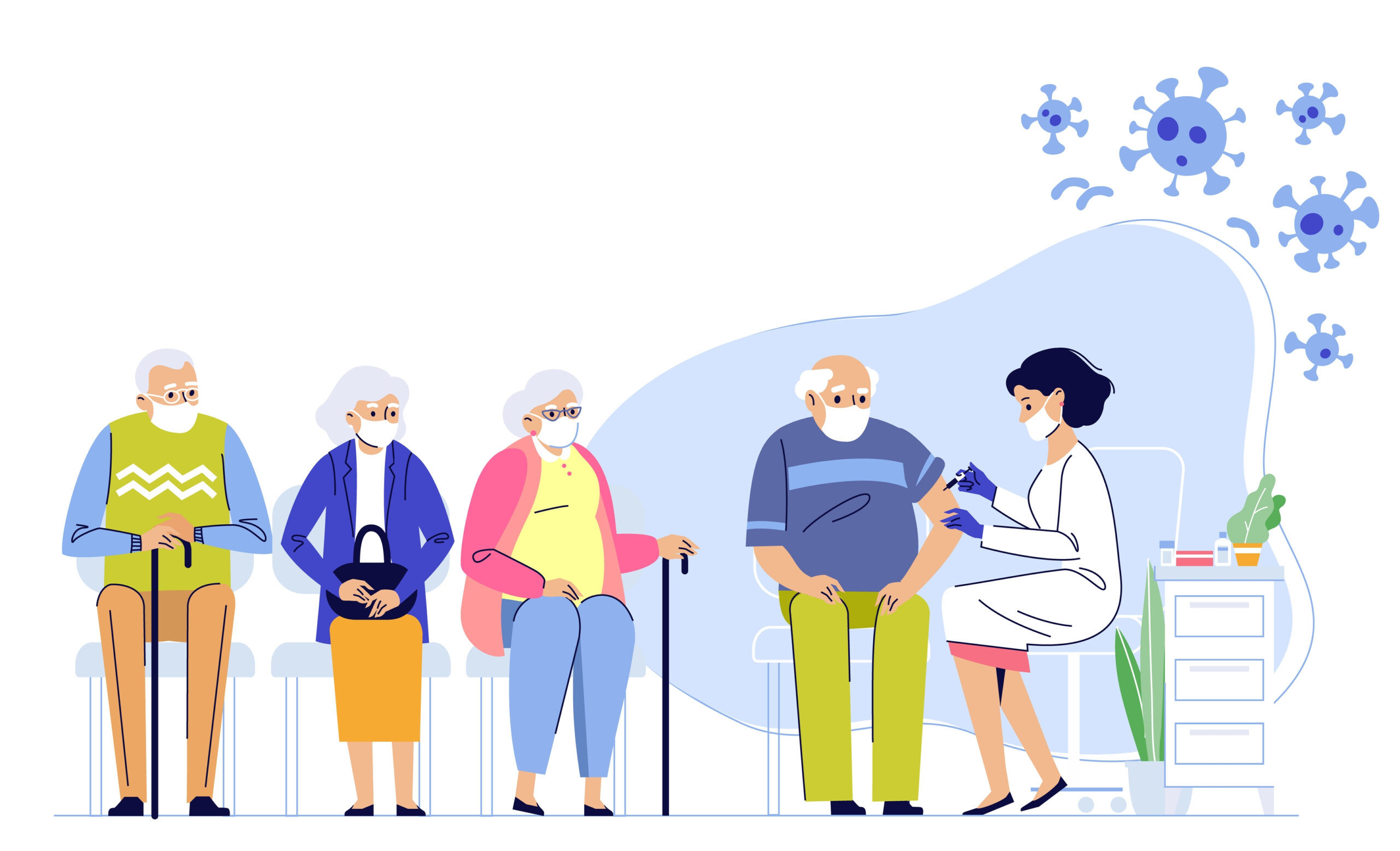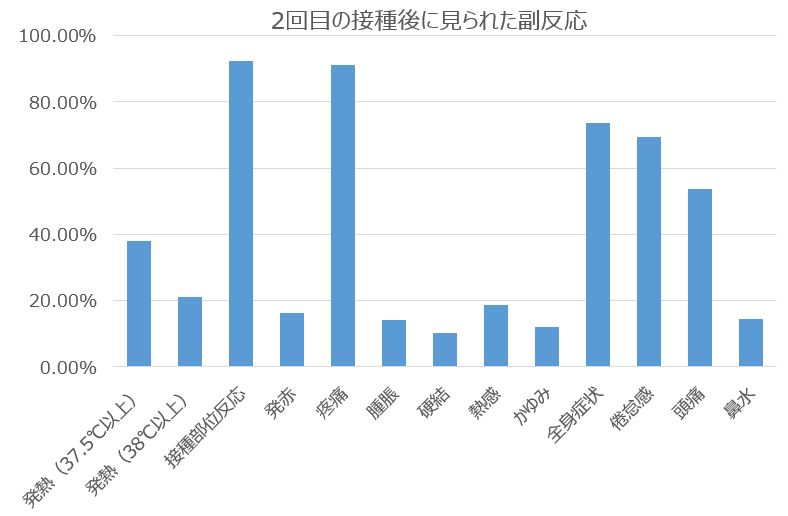
Release date: 2021.04.14
With more than a million healthcare workers vaccinated with the new coronavirus vaccine, data on adverse reactions are gradually accumulating. A research group of the Ministry of Health, Labor and Welfare conducted a side reaction survey of about 20,000 medical workers who had been vaccinated with the new coronavirus vaccine manufactured by Pfizer in the United States. Report "has been summarized recently. According to it, the percentage of people who developed fever, general malaise, and headache symptoms was higher in the second time than in the first time. In addition, the frequency of adverse reactions tended to be high in young people and women, and low in elderly people.

Source: 2020 Ministry of Health, Labor and Welfare Administrative Promotion Research Project Subsidy (Emerging and Re-emerging Infectious Diseases and Vaccination Policy Promotion Research Project) Focused survey (cohort survey) in the early stages of administration of new coronavirus vaccines-Health observation diary tabulation Interim report
This survey targeted about 20,000 health care workers who received vaccinations from February this year, and 21 to 25% of the vaccinated people in their 20s to 50s, respectively, by age group. 8.7% are over 60 years old. The breakdown was 34% for men and 66% for women, and by occupation, 17% were doctors, 47% were nurses, and 36% were other health care workers. Report data of about 19,000 people who received the first vaccination and about 16,000 people who received the second vaccination were collected.
According to the results, adverse reactions were more pronounced after the second inoculation than after the first inoculation, and the incidence tended to decrease with age. Fever of 37.5 ° C or higher was observed in 38.1% (3.3% of the first time) in the second time, of which 21% accounted for 38 ° C or higher. General malaise was 69% (23%) and headache was 54% (21%), both of which were significantly higher than the first time. Many of the symptoms appeared on the day of inoculation and the next day. On the other hand, regarding the pain at the inoculation site, the first and second inoculations were over 90%, which was not much different.
Fever of 37.5 ° C or higher after the second vaccination was more than 50% in the 20s and less than 45% in the 30s, but it has decreased significantly to 9% in the elderly aged 65 and over. rice field. General malaise and headaches were also lower in the elderly at 38% and 20% compared to other age groups.
The intensity of side reactions was stronger in women than in men, with headaches appearing higher in 37% for men and 62% for women, and fever above 37.5 ° C in 30% for men and 42% for women. I did.
6% of the respondents had to take a break from work due to physical condition after the second vaccination.

Source: 2020 Ministry of Health, Labor and Welfare Administrative Promotion Research Project Subsidy (Emerging and Re-emerging Infectious Diseases and Vaccination Policy Promotion Research Project) Focused survey (cohort survey) in the early stages of administration of new coronavirus vaccines-Health observation diary tabulation Interim report
Of the approximately 1.1 million inoculations aggregated by April 4, 350 cases were reported as suspected adverse reactions by medical institutions, and it was judged by international standards to be anaphylaxis (Brighton classification 1-3), which is an allergic reaction. There were 79 cases. Almost all cases have recovered. The number of females is 71, which is significantly higher than that of 8 males. It is not clear why women have more anaphylaxis, but it is possible that polyethylene glycol (PEG), which is used in cosmetics, is included in Pfizer vaccines. The number of reports per million times is 72 in Japan, which is higher than about 5 in the United States and about 19 in the United Kingdom.
MEDIUS Group is developing a business centered on the sale of medical equipment. We (Medical + us) involved in medical care also want to play the role of an information source (Media) that delivers useful information for the medical field and people's healthy tomorrow.